The image above is from the book "The Electronics companion". Can someone please explain why the barrier potential of a pn junction cannot be measured due to the presence of the contact potential?
-
Here is a similar question.http://electronics.stackexchange.com/questions/106496/why-isnt-there-a-potential-difference-across-a-disconnected-diode I think this is a bit more subtle than book above. The short answer is energy conservation... if we could measure a voltage (which always has a bit of current) then we could get power from the device. More involved is that though there is a potential, but there is no current flow. There is a balance between drift current and diffusion current. – George Herold Sep 01 '16 at 19:21
-
The barrier potential is a static "voltage" or rather an energy level as seen by the electrons in the semiconductor, it is not a voltage that is actively created (like in a battery) so that is why you cannot measure it with any voltmeter which takes (a small amount of) power to measure a voltage. Metals have no barrier potential so that is why it will be zero at the metal contacts. – Bimpelrekkie Sep 01 '16 at 19:32
1 Answers
The reason you cannot measure the potential is due to the ohmic contacts forming schottky diodes at the semiconductor-metal junctions which hides the built in voltage (just as shown in the band diagram).
The built in voltage is present even in the absence of current. As you increase the external voltage (the voltage you read with a voltmeter) you counter the built in voltage and reduce the width of the depletion region, causing more carriers to flood across the junction.
You might wonder why the metal-semiconductor junctions completely cancel the built in junction. The reason is that the metal-p contact potential is a function of the doping in the p material. The pn built in voltage is also a function of the doping in the p material and the doping in the n material. And finally the n-metal contact potential is a function of the doping in the n material. If the metal is the same on either end (same material properties) then these three values cancel out.
- 4,320
- 1
- 17
- 25
